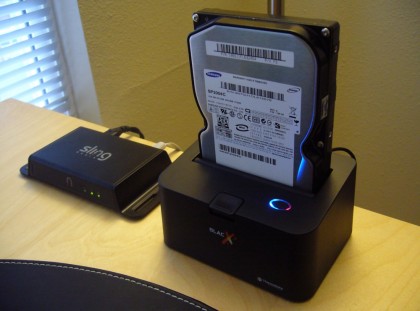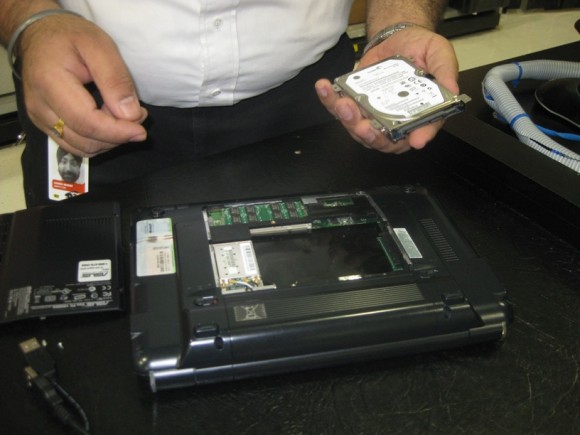As we recently read, Mari’s beloved Asus netbook gave up the ghost. As they are wont to do. After a short period of some basic troubleshooting, she went the practical and conservative, perhaps costly, route of having a technician recover her data. It’s inevitable. Hardware will fail. And we’ve talked backup here several times over the years, so I’d rather now focus on a few (PC) disaster recovery tips.
Assuming you (or your mom, spouse, brother) don’t have a recent disk image or file backup from the impacted system for whatever reason, the top priority is to recover personal data from the drive. If it’s operable. OSes and software can be reinstalled. While videos of your kid are probably irreplaceable.
As Mari’s hard disk was still functional and she had an external optical drive handy, I had suggested booting into some other OS as a means of mounting the original drive and copying her data onto a USB stick. My first thought was for Mari to bring her laptop up with the Ultimate Boot CD for Windows (UBCD), which contains a variety of useful tools for these situations. However, we were both a bit discouraged when we learned it had to be built off a local Windows XP disc. (I keep a copy of UBCD in the closet for emergencies, along with a few other tools, and I don’t recall how I built or acquired it.) So my next suggestion was to download an Ubuntu .iso – not to install, but to run as a Live CD. I wasn’t certain if it would automatically mount NTFS file systems, but figured it was worth a shot given the zero cost and minimal investment of time to try. But, at this point, Mari was ready to move on to other projects and we never went down this path. I also know there are a few custom recovery/technician sort of Linux builds out there. Possibly including the (skinned?) Geek Squad OS that Best Buy ultimately used to dump her data.
If Mari didn’t live about 2.5 hours away, I would have offered her a variety of drive enclosures and docks to take the Asus hardware entirely out of the equation in recovering her data. My latest addition, the Thermaltake BlacX SATA dock, was acquired about a year ago to recover a family member’s docs from a harddrive containing a corrupt Windows OS install. The dock connects to a good computer via USB and supports both desktop (3.5″) and laptop (2.5″) drives. For $30 or less, it can’t be beat. Optionally, there are a variety of cables that provide the same functionality. (Either would also come in handy for DIY TiVo drive replacement/expansion.)


